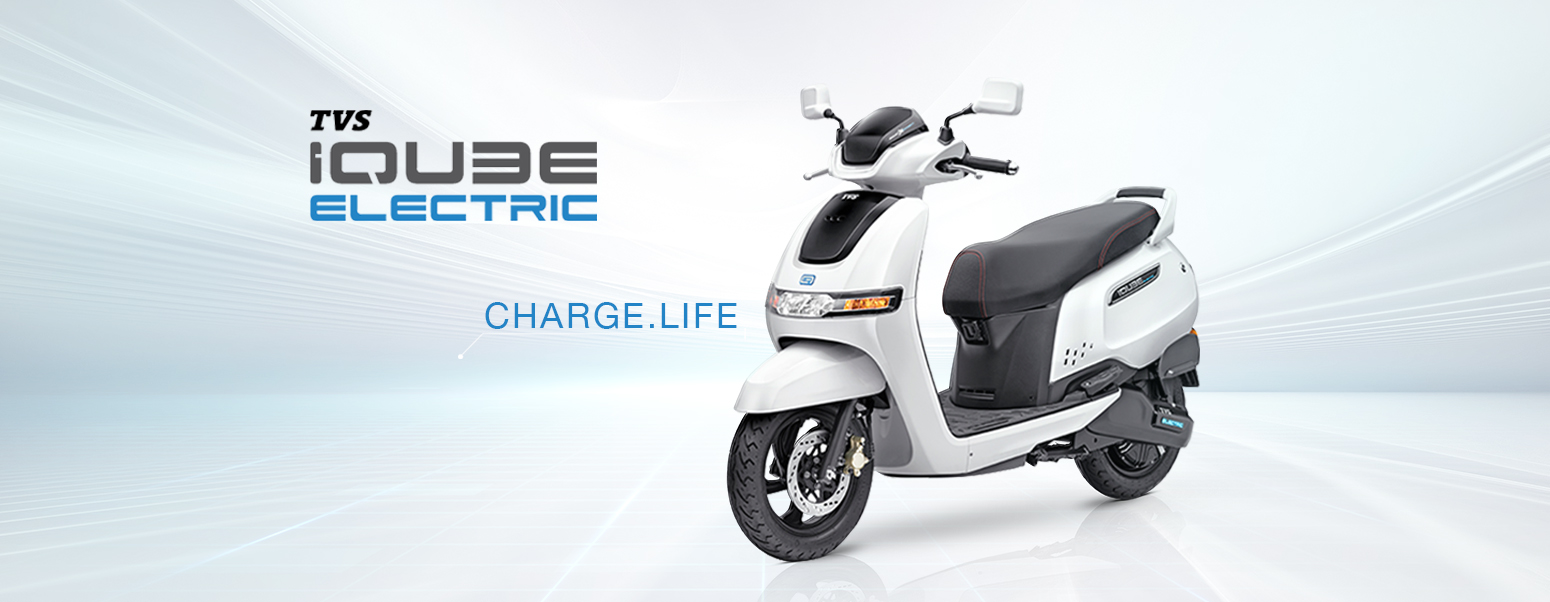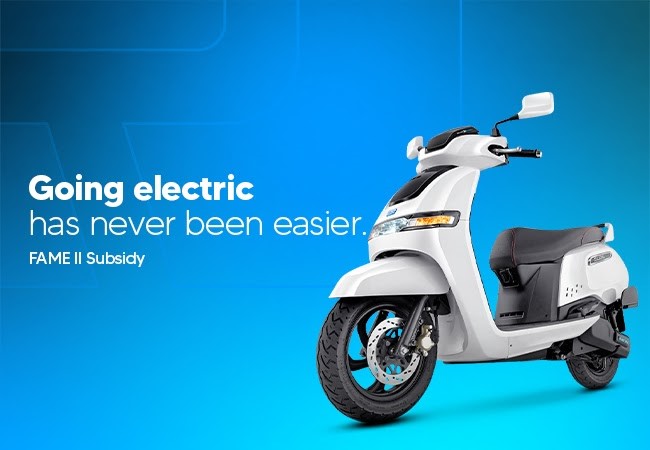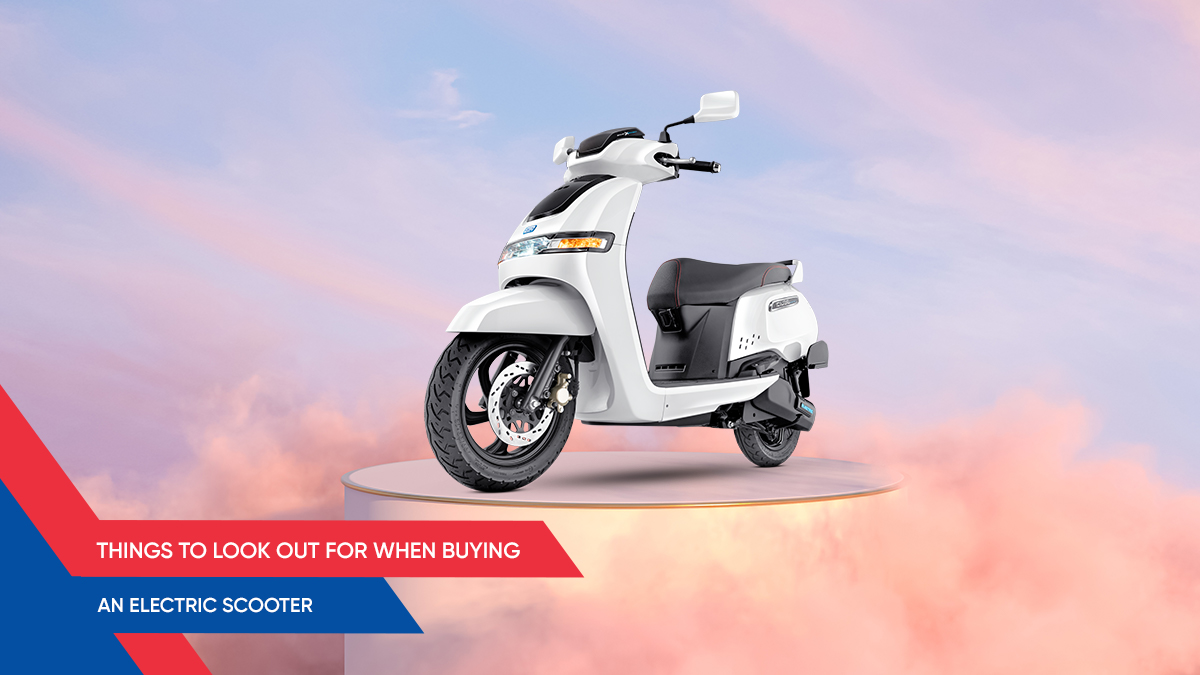If there is a secret ingredient in an electric vehicle, it is the battery management system. While the battery pack itself is of great importance and plays a crucial role as the powerhouse of the scooter, the management system determines how well that power gets utilized and translated to actual action on the road. Here we break-down the many intricacies of what makes an electric scooter move, quite literally, and how the battery management system is the brain of your electric vehicle and indeed that of the TVS iQube electric scooter.
Think of it as the how long a phone or laptop lasts, given its size and battery capacity.
While a BMS may be found in almost any electronic device, it plays many diverse roles within an EV. This is an in-built system that monitors the battery pack and its individual battery cells to diagnose, rectify and optimize the vehicle on account of any voltage and temperature related issues. This data is collected regularly within the system to ensure smooth operation and optimized energy consumption.
The various functions are divided into the Safe Operating Area (SOA), the State of Charge (SoC) and the State of Health (SoH) for the battery. While the State of Charge is the short-term assessment of the energy usage by the battery before it needs to be recharged, the State of Health is the long-term assessment that focuses on the battery’s lifespan and the difference in its performance since its point of origin. Safe Operating Area is possibly the most crucial and ensures that the BMS uses active and passive temperature control mechanisms to bring the battery pack within the SOA. No child’s play this, the role of the BMS in an electric vehicle.
Safe Operating Area (SOA)
Lithium-ion cells have been the go-to material to develop high energy-dense battery packs. Pretty much everything we use from mobile phones to laptops, use Li-ion cells. It’s no surprise that it has made its way into electric vehicles as well as the preferred material. While they perform incredibly well, they can be unforgiving if they exceed their safe operating temperatures. One of the many jobs that the BMS does is to manage current and voltage parameters of the battery pack in this safe operating area or SOA. Exceeding these limits could permanently damage the battery and in adverse situations result in thermal hazards. The BMS in an electric scooter not only protects the pack from current surges, during heavy loads like sudden acceleration, but also while charging to optimize performance and maximize longevity.
State of Charge (SoC)
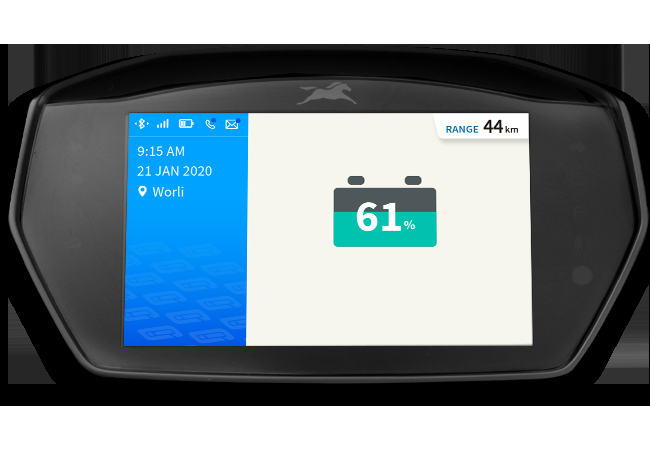
Most EVs use Lithium-ion batteries that store a much larger amount of energy than older Lead-Acid batteries. However, for optimal performance these Li-ion batteries need to be kept within a narrow temperature window. For instance, if a particular battery pack has been designed to function optimally at 20 degrees Celsius, an increase to 30 degrees Celsius could see a reduction in performance by 20 percent and an increase of operating temperatures to 45 degrees could see a 50 percent drop in performance. To put that into perspective, an electric scooter that claims to have a range of 150km, thanks to a larger battery pack, could land up delivering only 75km of range if the battery management system hasn’t been optimized for thermal management. To break it down, the BMS continuously monitors the temperature of the battery pack to ensure peak performance. It uses active heating/ cooling mechanisms to keep the battery pack at a consistent temperature that would in turn deliver optimum performance. If you thought that was all that the BMS needed to do, well, there’s more.
State of Health (SoH)
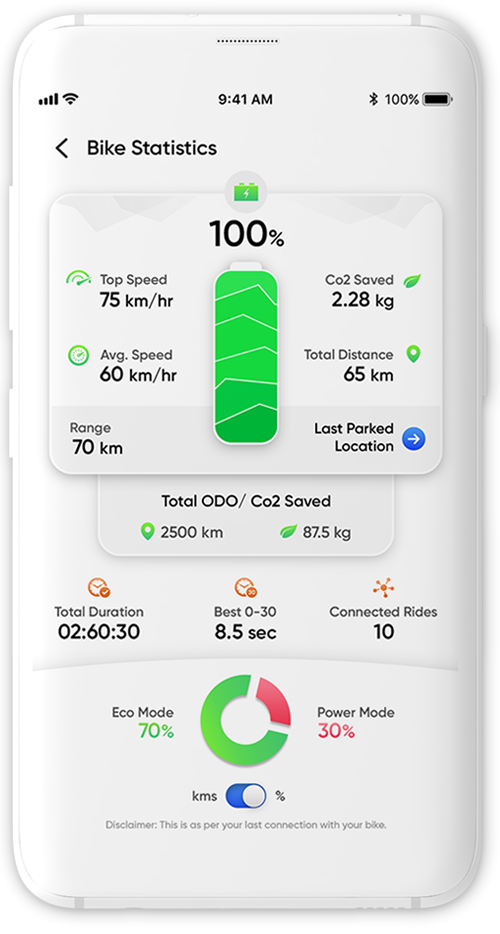
A BMS also helps with battery optimization. As the individual battery cells incorporate varying rates of charge and discharge and also age over time, the chemistry of the cells change. This results in a series of unbalanced cells with varying capacities to accept current during a charge cycle. Further, once the healthy cells, that accept more voltage, charge fully, the controller has to cut off power supply to avoid heating issues. This would leave you with a battery that isn’t optimally charged as the cells with lesser voltage capacity charge slower and haven’t reached optimum levels. This is where the BMS steps in to sort things out once more. By monitoring the state of charge for each cell, it can alter the amount of current being supplied to ensure every cell reaches maximum charge levels at the same time. By taking away excess current from a fully charged cell to one that hasn’t yet got to that stage, it prevents over heating issues and also balances the cells. This is why, most often Li-ion batteries will charge quickly for the first 80% of the cycle, but then slow down to a trickly till it reaches fully charged status. This way, the BMS also ensures better State of Health for the battery pack, which determines its longevity. With features like regenerative braking in the TVS iQube, the BMS additionally manages the energy harvested for the battery during deceleration.
While all of these functions happen out of sight, the BMS also presents stat that enriches the connected experience of an electric scooter. All the data that appears on the TVS iQube app for the battery charge status and usage is provided to the rider with the help of the BMS. That’s a long list of responsibilities and the BMS cannot falter at any one of them. Moreover, since the BMS has all the know-how, it also runs the self-diagnostics system in the TVS iQube to let you know, each time you start your electric scooter, whether all systems are good to go or there is something that needs to be addressed to ensure the best electric experience.
In essence, the BMS is not only the brains of your electric scooter, but it doubles up as a task master for the battery pack and then triples up to play a nanny and keep everyone and everything involved safe and tidy. That’s a tough ask to deliver on for sure, but then again, we spend months and years in research and development to make sure only the most reliable, and perfectly optimized BMS units come off our line with the TVS badge. Go on ahead, tap those buttons, book a test ride for your introduction into the TVS iQube Electric.
Related Blogs
What Makes An Electric Scooter Cost-Effective?
TVS iQube: The Practical Electric Scooter




